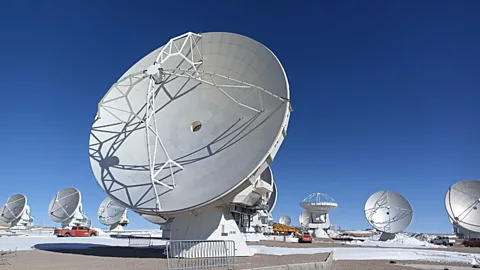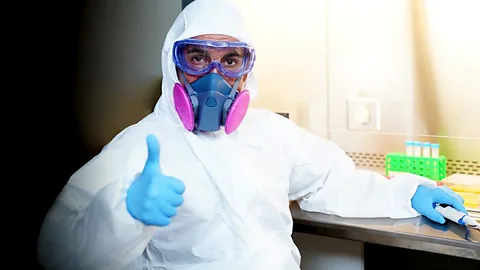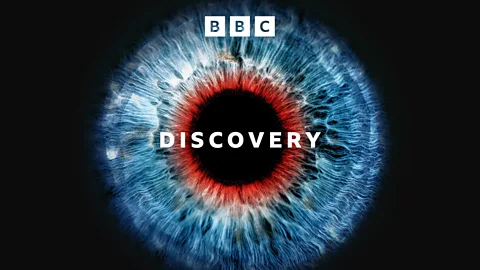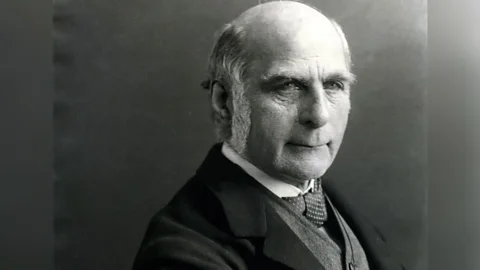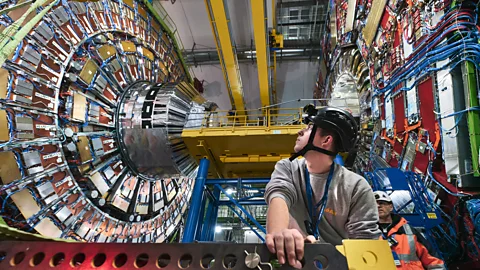
Discovery
Discovery
The mysterious particles of physics, part 1
Up next
July 4, 2022
30 minutes
Available for over a year
The machine that discovered the Higgs Boson 10 years ago is about to restart after a massive upgrade, to dig deeper into the heart of matter and the nature of the Universe.
Roland Pease returns to CERN’s 27-kilometre Large Hadron Collider (LHC) dug deeper under the Swiss-French border to meet the scientists wondering why the Universe is the way it is. He hears why the Nobel-prize winning discovery of the “Higgs Particle” remains a cornerstone of the current understanding of the nature of matter; why the search for “dark matter” – 25% of the cosmos - is proving to be so hard; and CERN’s plans for an atom smasher 4 times as big to be running by the middle of the century.
Image: CMS Beampipe removal LS2 2019 (Credit: Maximilien Brice/CERN)


